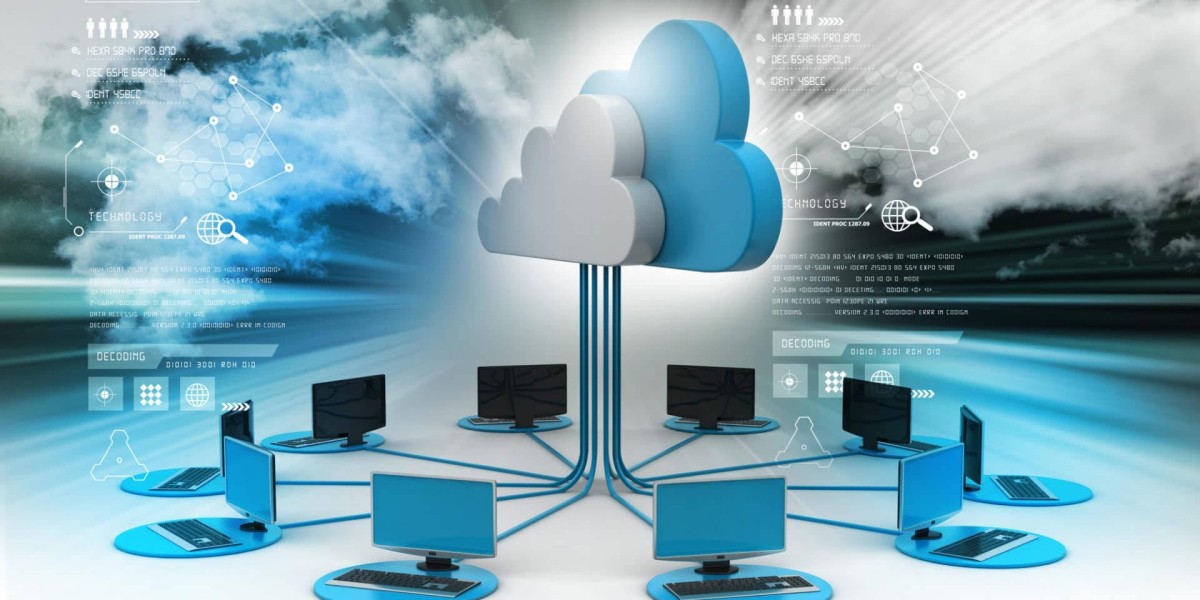A virtual desktop infrastructure (VDI) is a centralized desktop virtualization environment that hosts virtual desktops on a centralized server in a data center or cloud and delivers them to users on demand. With VDI, the entire desktop, including the operating system, applications, data and settings, are delivered as a virtual machine to any device. This allows employees to access full virtual desktops from anywhere using any device without having to install or run any applications locally.
Benefits of VDI
VDI provides several key benefits to organizations:
Improved Security
VDI helps secure corporate data and systems since all applications and data reside on centralized, secure servers rather than on individual employee devices. This eliminates the risk of data loss or leaks if an employee's device is lost, stolen or hacked. Access to virtual desktops can also be granted or revoked centrally.
Increased Flexibility
Employees can access their full desktop environment and all applications from any device like laptops, tablets or thin clients. This allows them to work from anywhere rather than being tied to specific devices or locations. Virtual desktops also make it easy to quickly provision or de-provision desktops.
Simplified Manageability
Since Virtual Desktop Infrastructure deployments are centralized on servers, IT teams spend less time on tasks like patching, updating and maintaining individual desktops. Desktop images can also be rolled back to a previous snapshot in case of issues. This streamlines management and reduces overhead.
Optimized Resources
With thin/zero clients or browser access, VDI eliminates the need for high-powered, expensive desktop PCs for each employee. It optimizes usage of servers, storage, memory and CPUs. Organizations gain better control and flexibility to scale resources up or down as business needs change.
How Virtual Desktop Infrastructure Works
In a VDI deployment, powerful servers in the data center run virtual machines that act as full-fledged desktop systems. When a user logs in, they are assigned a virtual desktop hosted on these servers via a display protocol. The user’s interactions like mouse clicks, text entry and video are sent to the remote virtual desktop. Screen updates are then sent back and displayed on the user's device.
Key Components of VDI
- Virtual Desktops: Primary component that runs the full desktop OS and applications as virtual machines.
- VDI Hosts: High-powered physical servers that run hypervisor software to host multiple virtual machines.
- Display Protocol: Technologies like RDP, PCoIP or Blast Extreme that transmit user input/output between devices and virtual desktops.
- Storage: High-performance SAN storage to hold virtual desktop images and user data/profiles.
- Management Console: Central interface to provision/manage virtual machines, allocate resources, monitor usage, etc.
- Client Devices: Thin/zero clients, laptops, desktops or mobile devices to access virtual desktop sessions.
Advantages of VDI for Remote Working
The transition to remote working triggered by the pandemic has highlighted several advantages that Virtual Desktop Infrastructure provides:
Secure, unified workspace
Employees can securely access their complete work environment from any location. This allows organizations to embrace remote/hybrid working models by eliminating the need for on-prem office spaces.
Flexible scale
VDI infrastructure can quickly be scaled up or down to meet fluctuating demands. Additional capacity is easy to provision on cloud-hosted platforms. This flexibility helped businesses respond dynamically to sudden shifts in work patterns.
Business continuity
Virtual desktops ensure business operations can continue seamlessly even during disruptions where physical access to offices is restricted. Employees stay productive with same access to all required applications and resources remotely.
Low upfront investment
VDI delivers a full-fledged desktop experience without organizations having to procure and manage individual devices for each remote employee. Setting up virtual desktop infrastructure requires only a modest upfront investment.
Virtual Desktop Infrastructure has emerged as a game-changing technology that enables modern, flexible approaches to remote working. The security, scalability and manageability benefits of VDI are helping organizations future-proof their operations for hybrid work models.
Get more insights on Virtual Desktop Infrastructure



